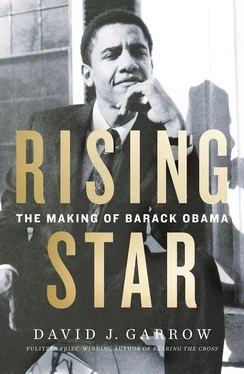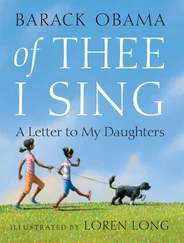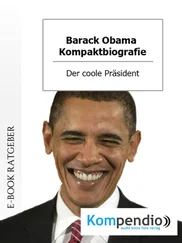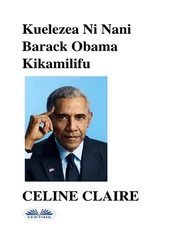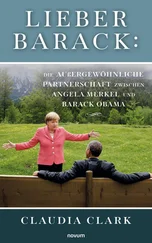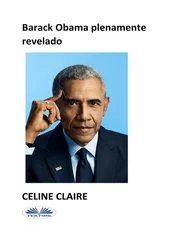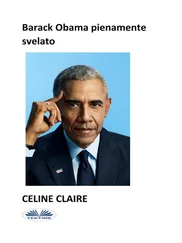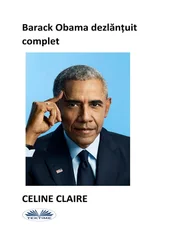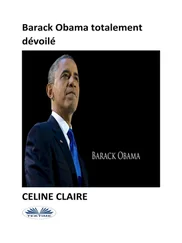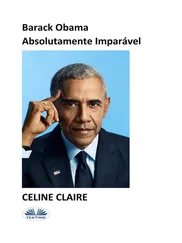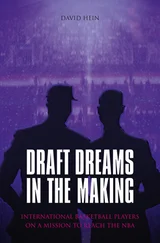Ramos was confused. “I was having a pretty good time”—“Why are we leaving?” For Orme, it was the first time he had been one of the few white people in a mostly black setting, and during the car ride back, he mentioned that to Barry. “One of us said that being the different guys in the room had awakened a little bit of empathy to what he must feel all the time at school,” Orme later recalled. Ramos agreed. “For the haole guys in our group, it was a kind of eye-opening experience for them.” But for whatever reason, Obama was upset by Orme’s comment—“he clearly didn’t appreciate that,” Greg remembered. Kakugawa thought Barry was bothered that one or more girls at the party had refused to dance with him, but Barry had been the youngest person there. Years later, he would describe the evening as a racial coming-of-age moment for him, but Ramos and especially Orme, who would become Obama’s closest friend during their two remaining years at Punahou, never heard or saw anything of the sort. Barry “would bring up worldly topics far beyond his years. But we never talked race.”
In late April or early May 1977, not long after the party, Ann and Maya returned to Indonesia so that Ann could resume her dissertation fieldwork. Keith Kakugawa starkly remembers the day they departed. Ann told her son she was headed “home,” and “Barry was disgusted” after Ann and Maya were dropped off at the airport. “You know what, man? I’m really tired of this,’ ” Obama complained. Kakugawa told his friend that Ann was just doing her job, but Barry almost spat out his response: “Well, then, let her stay there and do it.” Keith’s buddy Jack McAdoo said he remembers that day too and recalls that “there was a lot of pain there” for Obama. Kakugawa knew that Barry “was going through a tough time” that spring and was experiencing a lot of “inner turmoil,” but “it wasn’t a race thing … Barry’s biggest struggles then were missing his parents. His biggest struggles were his feelings of abandonment. The idea that his biggest struggle was race is bullshit.” The crux of what his friend was wrestling with was “the hurt he felt about being abandoned by his mother” on top of his long-absent father.
In later years, Obama would almost always suppress his past feelings about his by-then-deceased mother, but occasionally a highly revealing comment could slip out. “When I was a kid, I don’t remember having, I think, one birthday party the whole time I was growing up,” and he admitted, “I spent a childhood adrift.” But most of Barry’s classmates that spring were not aware of what Orme, Ramos, and especially Kakugawa could sense. “I was probably the only one who didn’t always see him smiling,” Keith recounted. To Kelli Furushima, an attractive Asian classmate whom Obama sought out at the once-per-class-cycle chapel sessions, Barry seemed “a happy guy, comfortable in his skin.” She enjoyed his “casually flirting” with her; “he was very friendly, very warm and had a great sense of humor.” When the school year was ending and everyone was signing each other’s 1977 yearbooks, Obama’s note on Kelli’s copy likewise reflected no angst: “Our relationship is still young so I am looking forward to picking it up where it left off next year. Your [sic] a small but dynamic person. Have a beautiful summer and see you next year. Love, Barry.” 31
Obama would not turn sixteen years old until August 4, 1977, so getting a summer job was a challenge, though years later he would say he had worked bagging groceries. But that birthday brought with it a driver’s license, and he began driving Stan’s reddish-brown Ford Granada, a car he would look back on with no fondness. One day that summer Keith Kakugawa and Marc Haine took Barry out paddling—Hawaiian for canoeing—and after they were back on dry land, beer was at hand. “I distinctly remember cajoling Barry into getting drunk with us.” He said, “I don’t drink,” but Keith corrected him: “You’re gonna drink.” Kakugawa boasted, “I was the one responsible for making Barry take his first drink, but Marc Haine was the one that handed it to him.”
When Barry’s junior year began, a full-year course in American history was mandatory. Barry had the regular class, not the advanced placement version, taught by his classmate Kent Torrey’s father Bob, who knew Barry pretty well but remembers him as “a totally average” student. Another full year of English was required, but in addition to American Literature, the students chose from Punahou’s almost collegelike breadth of electives. With the standardized college-entry SAT exam scheduled for November, the fall kicked off with eight weeks or so of Saturday-morning preparation classes; instructor Bill Messer recalled Obama as “affable and pleasant” but “oddly quiet in class.” Barry later claimed that “art history was one of my favorite subjects in high school,” but he also took drama. He and four classmates produced a short film they titled The Narc Squad, a parody of The Mod Squad. Linne Nickelsen, who had “long, straight blond hair and a closet full of miniskirts,” played the Peggy Lipton character, and Barry imitated the African American actor Clarence Williams III. Plenty of surfing footage was included, and Barry added a dashiki to his bushy Afro. Nickelsen later took credit for luring “Barry out of his dashiki for the pool party scene…. I must admit to being disappointed at not having received even passing credit for instigating that disrobing.” No screenings of the film have been reported for decades.
Basketball season began in December. Barry and his closest buddies had been playing ball whenever and wherever possible, including evenings and weekends, sometimes going up against adult men and occasionally heading up to UH’s Manoa campus to play there. Outside of basketball season, Punahou’s mandatory after-school phys ed class was another venue for practicing “hack league” skills. Classmates and teachers all unanimously agreed that basketball was Barry’s real passion during all of his high school years, but that December Obama was relegated to the number-two, A-level varsity squad rather than making the cut for the top AA team. Greg Orme and Mark Bendix were also on the A team, but second-class status meant their practices were held every morning from 6:30 A.M. to 8:00 a.m. Once games got under way, the A ballers stumbled to an unmemorable record of seven wins and ten losses. A story in the student newspaper Ka Punahou asserted that the players were “having a good time” nonetheless. Coach Jim Iams insisted the season was “successful,” but decades later, Iams had no recollection of Obama being on his team.
By the fall of his junior year, Barry was a more memorable member of another Punahou assemblage, known as the Choom Gang. It’s not clear when Obama first started to smoke cigarettes, but his friend Mark Hebing can picture Barry coming out of his grandparents’ apartment building on their way to go bodysurfing at Sandy Beach, east of Honolulu, carrying only a towel and a carton of cigarettes. Stan Dunham smoked three packs a day—“always Philip Morris,” his brother Ralph recalled—and Madelyn smoked even more. But the Choom Gang didn’t choom tobacco, they choomed pakalolo, the Hawaiian word for marijuana.
Barry’s friend Mark Bendix was seen as “the ringleader” of the group. Tom “Topo” Topolinski, who was half-Polish, half-Chinese, explained that “everything centered around him. He always had the idea first, or he had a stronger opinion, or he wanted to do something rowdier. That was Bendix.” The other core members—Russ Cunningham, Joe Hansen, Kenji Salz, Mark “Hebs” Hebing, Greg Orme, Mike Ramos, and eventually Wayne Weightman and Rob Rask—enjoyed drinking beer, playing basketball, bodysurfing when the waves were up, and getting high whenever they had enough money. When they did, Bendix, Topo, and/or Barry would head over to Puck’s Alley on the east side of University Avenue where Ray Boyer, their go-to drug dealer, worked at Mama Mia’s pizzeria.
Читать дальше
